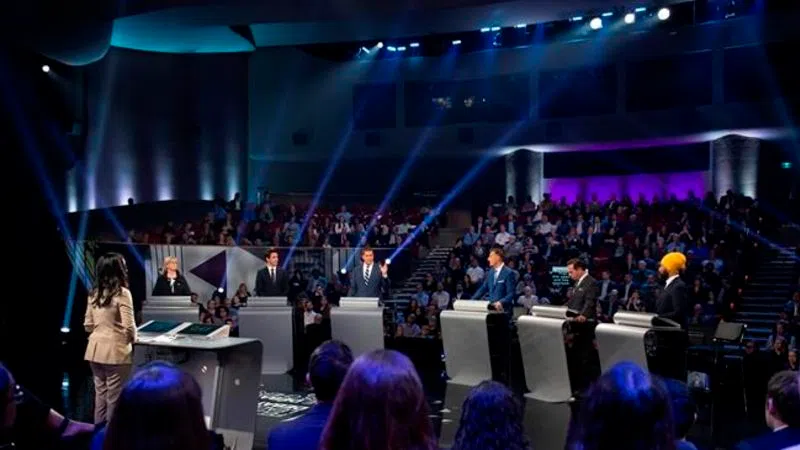
Viewership up, but format questions remain for leaders’ debates
OTTAWA — The viewership for Monday’s leaders’ debate was far higher than contests in the last election, despite complaints that the format favoured conflict over substance.
Numbers provided by the media partnership that produced the debate suggest Monday’s event reached 9.64 million Canadians on television, with an average audience of 3.9 million Canadians tuning in (calculated as the average number of individuals watching per minute during a specific period).
A further 867,000 or so listened or streamed on radio, while there were 2.7 million digital video views.
That’s higher than events in 2015, when a debate organized by Maclean’s, for example, reached a TV audience of 3.8 million Canadians and had an average audience of 1.5 million.

